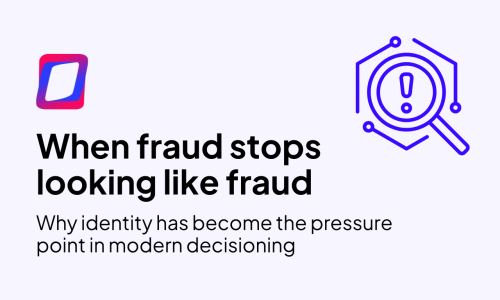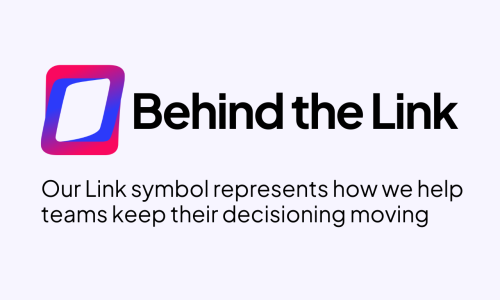AI vs. Machine Learning in Fraud Prevention: What Works in 2025
A mid-sized lender noticed something strange. Borrowers who looked legitimate were disappearing after just one payment. The pay stubs, the ID documents, even the application narratives all looked clean. But when the fraud team ran those applications through their machine learning model, a different story emerged.
Same phone number. Different names. Same IP address. Different employers. Slight tweaks to income, just enough to clear a threshold.
That’s where the fraud was hiding.
Let’s clear something up.
Everyone keeps using the term “AI” like it means one thing. It doesn’t, not in fraud prevention. Most of what risk teams rely on every day is machine learning. Most of what fraudsters are now using to circumvent these systems is generative AI.
They’re both under the same buzzword umbrella, but they serve very different purposes.
Machine learning finds patterns. It examines past behavior and loss data to determine, in milliseconds, if something appears abnormal. Generative AI builds new content. Fake pay stubs, fake bank statements, fake IDs, fake letters of explanation. All crafted to slip through the cracks.
What fraudsters are doing with generative AI
- Creating synthetic identities faster and in bulk
- Producing realistic-looking documents for just a few dollars
- Writing polished explanations to bypass manual review
It’s not sophisticated in the traditional sense. It’s fast, cheap, and convincing. And it works.
Where machine learning is still doing the real work
- Spotting slight changes in income, employment, or device fingerprinting
- Linking early-payment defaults to specific application signals
- Surfacing repeat behavior across lenders and platforms
- Flagging mismatches in data that don’t register to the human eye
Machine learning is still the only technology that is both fast enough and precise enough to keep up. It just doesn’t grab headlines.
Testing that doesn’t blow up your process
The best way to determine if a fraud tool is effective is to test it. Begin by conducting a back test to determine how many bad accounts it would have identified based on your historical data. Then follow with a short live pilot to see how it performs in real time. Together, these two steps give you a clear picture of its actual impact, without disrupting your current workflow.
Was it accurate? Was it fast? Did it slow things down for legitimate borrowers?
You don’t need a massive integration to find out. You need a process that ties performance back to real loss data, not guesses or gut checks.
Fraud is getting louder. Your defenses don’t have to.
Fraudsters are moving fast, using generative tools to craft better lies. But machine learning is still the thing that spots those lies before they turn into charge-offs.
That’s the real story. And we’re going to talk about it.
Join the Fraud Fireside Chat
On Thursday, July 17 at 12:30 p.m. CST, GDS Link’s Nathan George, Head of North America Partnerships, sits down with Darren Thomas, Director of Data Solutions at Point Predictive, for a candid conversation on what’s working in fraud prevention and what’s just noise.
They’ll break down real-world examples of how generative AI is being used to fake documents and build synthetic IDs, what machine learning models are still catching that human reviewers miss, and how top lenders are testing new fraud tools without disrupting operations or delaying approvals.
Register here to join live or receive the on-demand replay when it becomes available here.
Recent articles

When Fraud Stops Looking Like Fraud
Read article
Behind the Link
Read article





